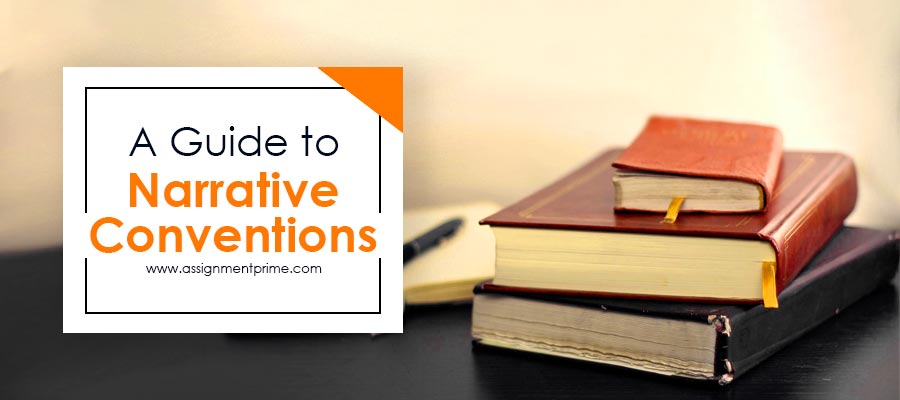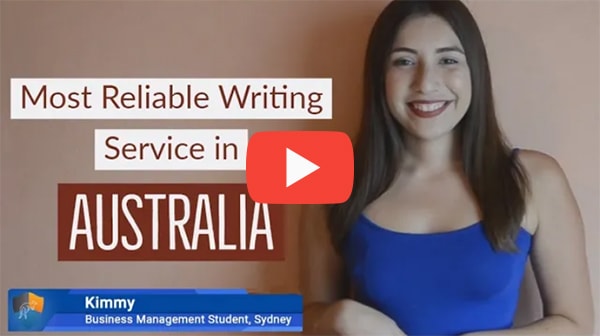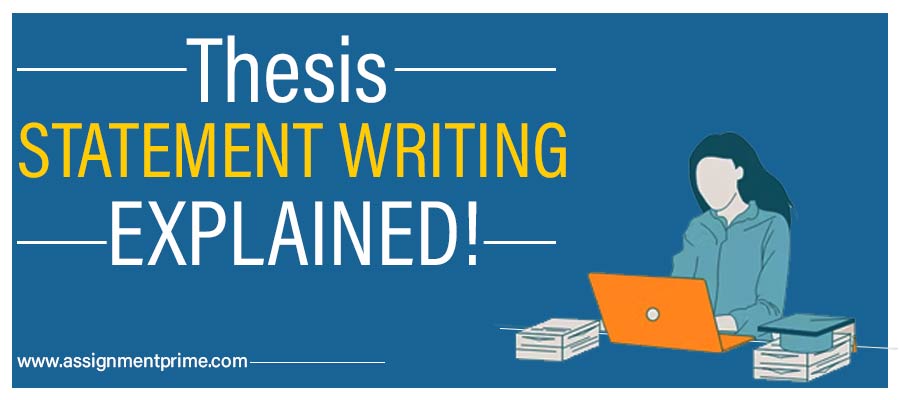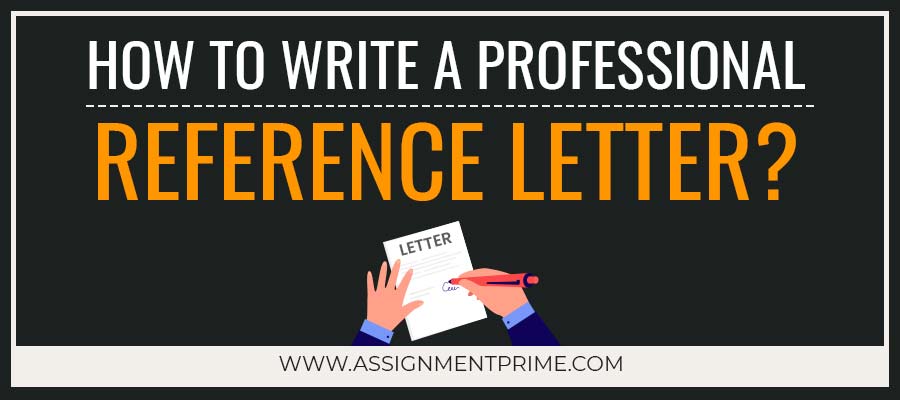The Art of Storytelling: Understand the Usage of Narrative Conventions
01 Apr 2021 3966
“Facts tell, stories sell.”
— Anonymous
Why do stories stay with us? We consumed so many kinds of information, but only some stay with us. We have a hard time remembering things that we read in our course textbooks but can easily recall an anecdote a friend told us years ago. Have you ever wondered why that is? Well, the answer to that is storytelling or narrative. The way the information is conveyed to the reader or listener determines the impact it will have on them. And, narrative conventions are the tools used to create an impactful narrative through language.
Research on neurology shows that storytelling is the way to bake information into people’s minds, create bonds with them, and capture their attention. This is why brands and public figures who are trying to influence people always have a carefully curated narrative to reach out to them. But before modern-day brands and the entertainment industry started using it, they were used by writers to narrate stories. People for a long time had wondered what is it that makes literature so powerful? How do they make their stories so interesting? It is not a mysterious power but the usage of narrative techniques that helps them develop powerful storytelling. So let us start by understanding what they are.
What Are Narrative Conventions?
Like mentioned before, narrative conventions are tools that are used by writers to build an appropriate narrative to communicate their ideas effectively to the audience. You can find them in most kinds of literature like stories, poems, drama, novels, narratives, etc. At first glance, a reader may not be able to recognize the usage of these conventions, but once you look carefully, you will be able to see how they are at play throughout the writing. They are used to give a contextual flow to the writing.
From a layman’s perception, it might feel that writers are simply disseminating information, but they are using so many techniques to do the same. For example, who will tell the information? When will it be revealed? In what tone will it be told in? What will be the overall mood while it is being told? All of these questions represent a narrative technique. And, these help the reader to visualize the situation and even feel it. This is how an idea is made impactful. It takes a writer’s time to learn the usage of these narrative techniques. The efficient usage of these determines the writing skill of the writer. To gain a clearer understanding, let us understand the various elements of narrative in detail.
What Are Some Narrative Conventions?
There are various types of narrative conventions that exist, but they can be broadly divided into two categories- primary narratives and secondary narratives, based on their scope of impact. The essential difference between the two is that the primary narrative has a blanket effect on the overall literature, while the impact of the secondary narrative is limited to a selected portion of the literature. For effective narration, both of them have to be used. The understanding of them will help you to determine where to use which. Let us start exploring the various kinds of narrative elements :
Primary narrative conventions
Theme
This is essentially the central topic or subject of the entire narrative. You can usually sum up the theme of a story in a single word or a phrase. For example, love, conflict, war, loneliness, the innocence of youth, etc. The theme sets the tone and style of the narrative. A story can have more than one theme, and in such a case, the theme can be divided into a major theme- which is the one repeated throughout the story, and a minor theme- which is covered only in a section of the writing. The theme can be made evident by the reader using:
- Symbols
Symbols are anything that is representative of something else, like an object, place, or person. They communicate the theme in an indirect and interesting way to the readers. The readers have to work to understand the meaning of the symbol, which makes it more fascinating for them.
- Motifs
Motifs are elements that occur several times in the story. They provide some contextual reference to the reader.
Setting
The setting is the backbone of the story. It is one of the most important narrative conventions. A solid setting helps build the imagination of the reader. A setting can be of two types:
- Destination setting
This refers to the place where the story develops. Many a time, the whole plot revolves around the destination, and it almost plays a character role in some. For example, many times, popular cities like London and New York are given a specific character, and an aura and theme is created.
- Period setting
It refers to the time in which the story is set. Based on the time, elements in the story can change. For example, there are still novels that are set in the ’90s or the 18th century.
Characters
Characters are one of the most crucial types of narrative conventions. Characters are the main part of the story. Much of the story revolves around them. Their emotions, actions, and reactions are what get the story going. The main characters can be characterized into:
- Protagonist
The protagonist is the character the story focuses on. The decisions and actions of the protagonist are what usually shape the storyline significantly. They are usually given good or complex characteristics.
- Antagonist
The negative character or villain is the antagonist of the story. Their characteristics are often in opposition to that of the protagonist. Also, they are usually the ones that bring the element of conflict in the story.
Plot development
When you ask, ‘what are narrative conventions?’ you might expect a complex answer, as most people think of the plot when they talk about narrative or storytelling. Plot development refers to how the story moves. It is an essential element that determines the success of the story. To most non-writers, the plot might look like a mystery, but it can be classified into the following stages:
- Exposition
This is the introductory stage of the story. Here, the writer tries their best to set a tone, give context, establish a setting, etc. The reader gets familiarized with the characters and setting and understands the theme of the story.
- Complication
This is where a turning or interesting event takes place, which creates interest in the readers. Some form of complication is introduced at this stage; this may be tension between the characters, especially the protagonist and the antagonist. The reader also starts accumulating hints on where the story might lead in this stage.
- Climax
In the third stage, the complication at the second stage is solved. The writer creates a lot of twists and tension at this stage, as the reader is most eager at this stage. Finally, in this stage, the results of the conflict are revealed.
- Falling tension
The result of the conflict has been revealed, and hence, the tension decreases at this stage. This creates scope for a conclusion which the reader waits for.
- Denouncement
This stage provides details of the after-effects of all the crucial events that took place and gives out the conclusion. A reader usually waits for a solid conclusion, but at times the writer might choose not to provide one to create intrigue.
Conflict
Conflict is one of those narrative conventions you’ll find in every story. A conflict is an interesting event in the story that generally creates a problem for the main characters. The story therein revolves around how the characters deal with the given conflict. If there is no conflict or turning event, the reader may not be interested in reading. The protagonist is usually the one facing the conflict, and it can be in various forms :
- Conflict with self
- Conflict with another person
- Conflict with the environment
Point of View
The narrator can use different points of view to narrate the story. Usually, people believe that they can use only a single point of view while narration, but that is not true. A writer can switch between different points of view throughout the narrative for effective communication. Here are the three points of view:
- First person
Here, the writer narrates the story from the point of view of the main character. This aids in the reader experiencing everything the character is going through.
- Second person
Here, the writer addresses the reader of the story and uses the word ‘you’ while narrating.
- Third person
Here the writer assumes the role of an omnipresent entity who knows everything and imparts information to the reader. Words like ‘they,’ ‘he,’ ‘she,’ etc., are employed.
Descriptive language
Narrative conventions are incomplete without descriptive language as it brings in all the creativity in language that is key in storytelling and creative writing. The writer uses descriptive language to make the story more vivid in the minds of the reader. It helps them to make their writing more engaging for the reader. There are various language techniques that are present in literature that helps the writer to do this. For this purpose, they can use the following:
- Figurative language
- Imagery
- Sensory imagery
Secondary narrative conventions
Mood
The mood is the psychological environment that is created by the author through the use of descriptive language. The mood can be established by way of attitude, description, or setting. For example, the mood can be serious, irritable, scary, etc.
Tone
The tone is the manner in which the writer communicates. You can determine the mood by the tone of the writer. The tone also depends on the point of view of the writing. If the writer is narrating in the first person, the tone will keep changing as per the character’s moods and development, but if they are narrating it from a third person, the tone usually remains neutral and unbiased.
Voice
There will be various types of voice that will be contained within the narrative. They can be positions, views of characters, perspectives, or ideas. Mostly they are used to communicate ideas and perspectives of the characters. It helps the reader to recognize and connect to the different voices presented in the story.
Character development
Character development is what makes the story interesting. It essentially means the personality, depth, and dimensions of the characters in the story. Throughout the story, these characters have their own motivations, which drive the storyline.
These are the various types of primary and secondary narratives used in literature. You might have conceptually understood what are narrative conventions? But you might still be doubtful about their usage in literature. Let us move on to discuss some examples that will make it clearer.
What Are Examples of Narrative Techniques?
Examples help in developing a better understanding of any concept. You can find plenty of examples of narrative conventions in film, books, and media if you look carefully. Here are examples of some of the most used narrative techniques in literature:
Theme:
Some of the best examples of theme in literature are:
- Romeo and Juliet by Shakespeare, which explores love and its intensity.
- The Fault in Our Stars by John Green, which deals with illness and d
- George R. R. Martin’s A song of Ice and Fire, which has a Good vs Evil theme.
Setting:
‘The boy walked through the burning sands determined to get to the oasis.’ This shows a location setting of a dessert.
Characters:
Characters are one of the most evident narrative conventions. You can find plenty of famous literary characters like ‘Jay Gatsby,’ ‘Emma,’ ‘Elizabeth Bennet,’ ‘ Sherlock Holmes,’ etc. To be specific about the role of characters, The Harry Potter series is a good example where ‘Harry’ is an example of a protagonist, and ‘Voldemort’ is an example of an antagonist.
Conflict:
- In the book Eat, Pray, Love, the protagonist faces a conflict with the self and undertakes a journey across the globe to find herself.
- In The Old Man and the Sea, by Ernst Hemingway, the protagonist has a conflict with nature and has to fight the sharks in the sea.
- In Stephen King’s, The Shining, Jack Torrance faces a conflict with a supernatural force represented by the haunted Overlook hotel.
Point of view:
In the book 12 Years a Slave, the author Solomon Northup shares his personal experience, and therefore, most of it is written in the first-person narrative, while occasionally he also uses second-person narrative addressing the readers to help them understand the petrifying experiences he had.
Descriptive language:
- The silk scarf wrapped around my neck like clouds.
- The sunset only after it had set the sky ablaze to a striking colour of red.
Another one of the common narrative conventions is descriptive language. In these sentences, descriptive language is used to create a vivid picture. The first sentence uses sensory imagery and figurative language to describe how the scarf feels. This serves the reader a better picture of the scarf than if the writer had plainly stated that the scarf felt soft. The second example uses imagery and figurative language to help the reader picture a vibrant sunset scene.
Mood:
- She wept in her room, grieving her loss as the skyline turned grey outside.
- There was a lot of screaming and shouting in the house,which scared the little dog.
- She was singing happy songs from the kitchen as he entered.
These are some sentences that would indicate the mood of the characters and the passage for the reader.
Character development:
One of the best examples of character development in literature is that of Jane Eyre in Jane Eyre by Charlotte Bronte. The novel chronicles Jane’s journey from being a passionate and fiery child to a sensible and independent woman.
These are a few examples of the most commonly used narrative techniques used by authors. You can draw inspiration from these examples and use the narrative elements in your creative writing to make it better.
Confused How to Use Narrative Conventions in Your Assignment? We Can Help!
You may have conceptually understood ‘what are narrative conventions?’ but unfortunately, it requires a lot of practice to nail them. But your English assignment can’t wait. So, if you’re looking to write an amazing essay or assignment using narrative elements but lack the practice to do so, then worry not; the expert assignment writers at Assignment Prime are at your service. Our team of subject-oriented writers is well versed with every kind of narrative conventions and language features to help you write flawless and creative papers. What more? Here are a bunch of guarantees and features that you get along with our expert writing service:
- Delivery before the deadline
- Free plagiarism report
- Free quality report
- 24X7 student support
- Unlimited and free revisions
- 100% Ownership of documents
- Privacy protection
- Exciting discounts
Waste no more time and head straight to the ‘Order Now’ button if you are looking for an English assignment writing service at cheap prices.
You Might Find These Helpful:
To Make Your Work Original
Paraphrasing Tool
Check your work against paraphrasing & get a free Plagiarism report!
Check ParaphrasingPlagiarism Checker
Check your work against plagiarism & get a free Plagiarism report!
Check PlagiarismReference Generator
Get citations & references in your document in the desired style!
Generate ReferencesGrammar Checker Tool
Make your content free of errors in just a few clicks for free!
Grammar CheckerEssay Typer
Generate plagiarism-free essays as per your topic’s requirement!
Essay Typer
FREE Features
-
Topic CreationUSD 3.96 FREE
-
OutlineUSD 9.57 FREE
-
Unlimited RevisionsUSD 21.18 FREE
-
Editing/ProofreadingUSD 28.7 FREE
-
FormattingUSD 8.2 FREE
-
BibliographyUSD 7.52 FREE





![All About Short Essay Writing [Examples Included]](https://www.assignmentprime.com/images/AP_Blog_Image_How_to_Write_a_Short_Essay.jpg)





